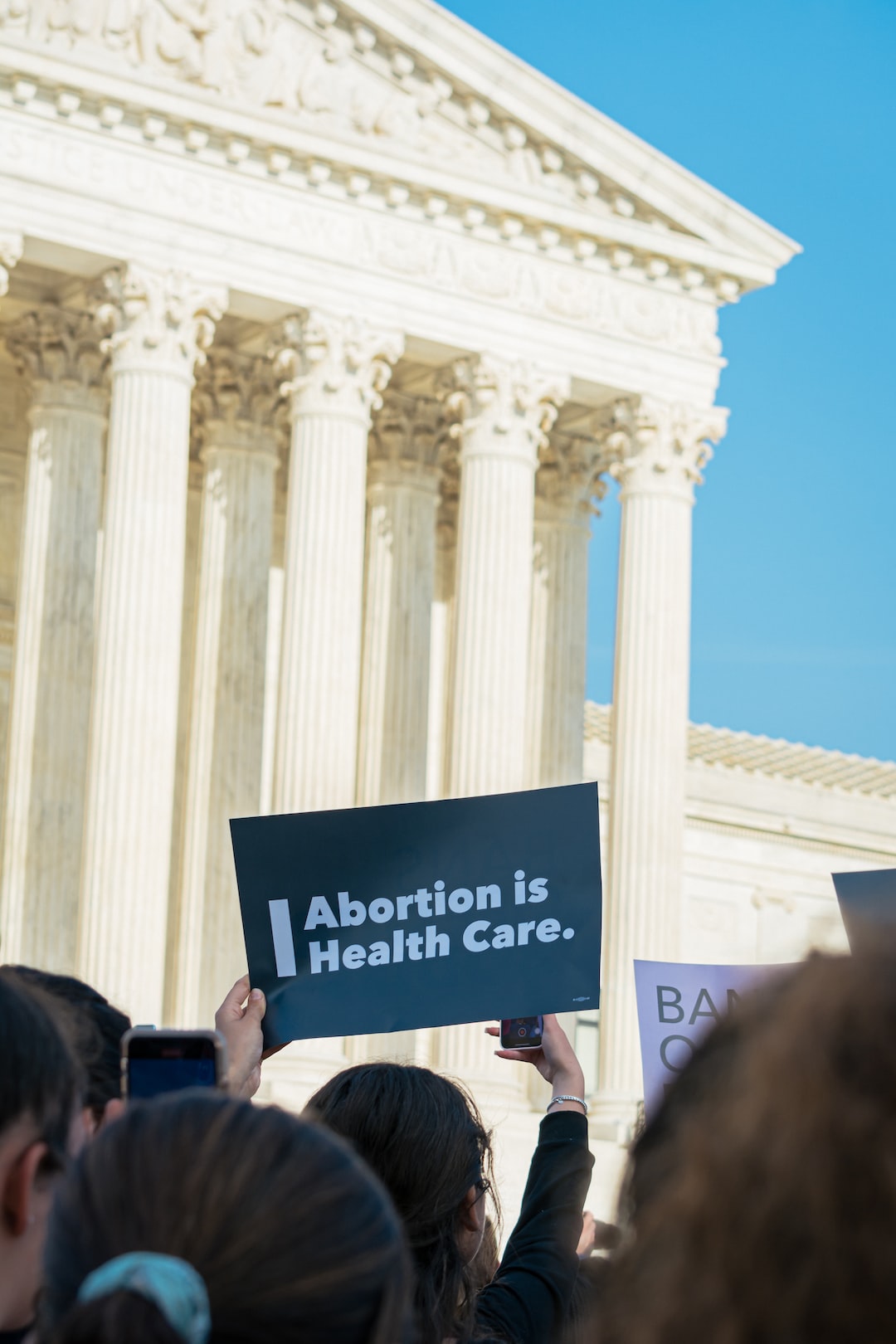An Overview of Bankruptcy Laws: Seeking Financial Relief
In today’s uncertain economic climate, many individuals and businesses find themselves facing overwhelming financial hardships. Excessive debts, unforeseen expenses, or a sudden decrease in revenue can quickly spiral into a situation where financial recovery seems impossible. This is where bankruptcy laws come into play – offering individuals and businesses a legal pathway to seek financial relief and make a fresh start.
Bankruptcy laws are designed to provide a framework for individuals and businesses to overcome their financial challenges and regain control of their finances. While bankruptcy has often been seen as a last resort, it is important to understand that it can also be an opportunity for a fresh start for those burdened by insurmountable debts.
There are several types of bankruptcy filings available under the U.S. Bankruptcy Code. The most commonly filed bankruptcies for individuals and businesses are Chapter 7 and Chapter 13, respectively. Chapter 7 bankruptcy, also known as liquidation bankruptcy, offers individuals a chance to discharge their unsecured debts, such as credit card bills and medical expenses. On the other hand, Chapter 13 bankruptcy, commonly known as reorganization bankruptcy, allows businesses to restructure their debts and develop a plan to repay creditors over a period of time.
When considering bankruptcy, it is crucial to understand the implications and consequences. Filing for bankruptcy requires a thorough examination of one’s financial situation and assets. It is advisable to consult with an experienced bankruptcy attorney who can provide guidance and ensure that all legal requirements are met throughout the process.
One of the key benefits of bankruptcy is the automatic stay. Upon filing for bankruptcy, an automatic stay is put into effect, which prevents creditors from taking any further collection actions. This means that harassing phone calls, wage garnishments, and even foreclosure proceedings must be immediately halted. The automatic stay provides individuals and businesses with breathing space to regroup and start rebuilding their financial lives.
However, it is important to note that not all debts can be discharged through bankruptcy. Certain obligations, such as child support, alimony, and most student loans, are not eligible for discharge. Additionally, bankruptcy may have long-term effects on an individual’s credit score, making it more difficult to obtain loans or credit in the future. That being said, bankruptcy can still offer individuals and businesses a fresh start and an opportunity to rebuild their credit over time.
Bankruptcy laws are not meant to punish individuals or businesses but rather to offer a way out of crushing financial burdens. By filing for bankruptcy, individuals and businesses are providing themselves with a chance to take control of their financial futures. It allows them to regroup, reorganize their financial affairs, and ultimately move forward with a more sound financial footing.
It is important to remember that bankruptcy is not a decision to be taken lightly. It requires careful consideration and evaluation of one’s financial situation. Alternatives, such as debt consolidation or negotiation with creditors, should also be explored before deciding to file for bankruptcy.
In conclusion, bankruptcy laws serve as a lifeline for individuals and businesses drowning in excessive debts and financial hardships. It provides an opportunity for a fresh start, a chance to regain control of one’s financial life, and a pathway towards rebuilding credit. While it may seem daunting, seeking relief through bankruptcy can ultimately lead to a brighter financial future.

